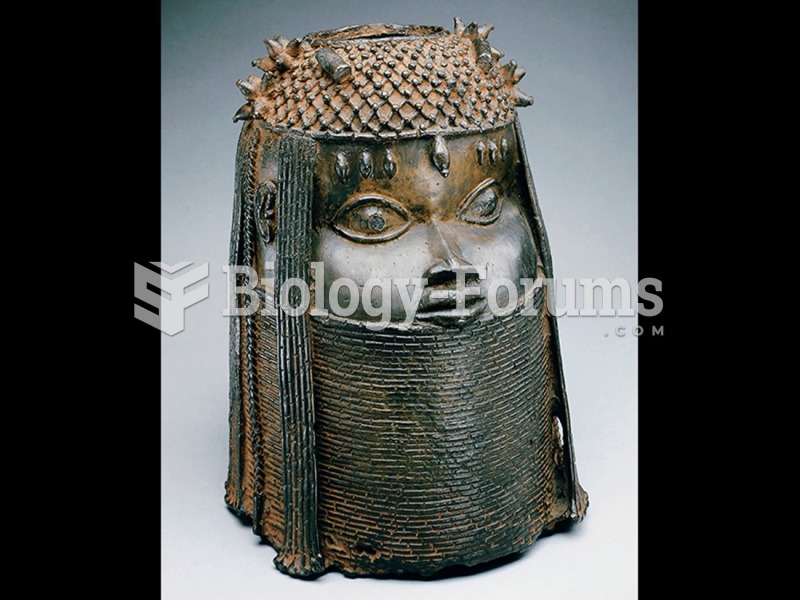Answer to Question 1
A trial court is presided over by a judge, who issues a decision on the matter before the court. If the trial is a jury trial (many trials are held without juries), the jury will decide the outcome of factual disputes, and the judge will issue a judgment based on the jury's conclusion. During the trial, the attorney for each side introduces evidence (such as relevant documents, exhibits, and testimony of witnesses) in support of the client's position. Each attorney is given an opportunity to cross- examine witnesses for the opposing party and challenge evidence introduced by the opposing party.
The functions of a trial court differ from the functions of an appellate court, because appellate courts review cases decided by trial courts. Usually, appellate courts do not look at questions of fact but at questions of law. Only a judge, not a jury, can rule on questions of law. Appellate courts normally defer to a trial court's findings on questions of fact because the trial court judge and jury were in a better position to evaluate testimony by directly observing witnesses' gestures, demeanor, and nonverbal behavior during the trial. When a case is appealed, an appellate panel of three or more judges reviews the record (including the written transcript of the trial) of the case on appeal, and the record does not include these nonverbal elements. Generally, then, appellate courts look for errors of law rather than evaluating the trial court judge's or jury's conclusions on questions of fact.
Answer to Question 2
The federal court system is basically a three-tiered model consisting of:
U.S. district courts (trial courts of general jurisdiction) and various courts of limited jurisdiction.
U.S. courts of appeals (intermediate courts of appeals).
The United States Supreme Court, located in Washington, D.C.
The federal district court is the trial court of general jurisdiction at the federal level. There is at least one federal district court in every state. Currently, there are ninety- four judicial districts. U.S. district courts have original jurisdiction in matters of federal law. Federal cases typically originate in district courts. There are other trial courts with original but special (or limited) jurisdiction, such as the federal bankruptcy courts and others.
A party who is dissatisfied with a federal district court's decision on an issue may appeal that decision to a federal circuit court of appeals. In the federal court system, there are thirteen U.S. courts of appeals, also referred to as U.S. circuit courts of appeals. The federal courts of appeals for twelve of the circuits (including the District of Columbia Circuit) hear appeals from the federal district courts located within their respective judicial circuits. The court of appeals for the thirteenth circuit, called the Federal Circuit, has national appellate jurisdiction over certain types of cases, such as cases involving patent law and cases in which the U.S. government is a defendant.
The highest level of the three-tiered model of the federal court system is the United States Supreme Court. The Supreme Court consists of nine justices. Although the Supreme Court has original, or trial, jurisdiction in rare instances, most of its work is as an appeals court. The Supreme Court can review any case decided by any of the federal courts of appeals, and it also has appellate authority over some cases decided in the state courts. There is no absolute right of appeal to the United States Supreme Court. To bring a case before the Supreme Court, a party requests the Court to issue a writ of certiorari, an order issued by the Supreme Court to a lower court requiring the lower court to send it the record of the case for review.







